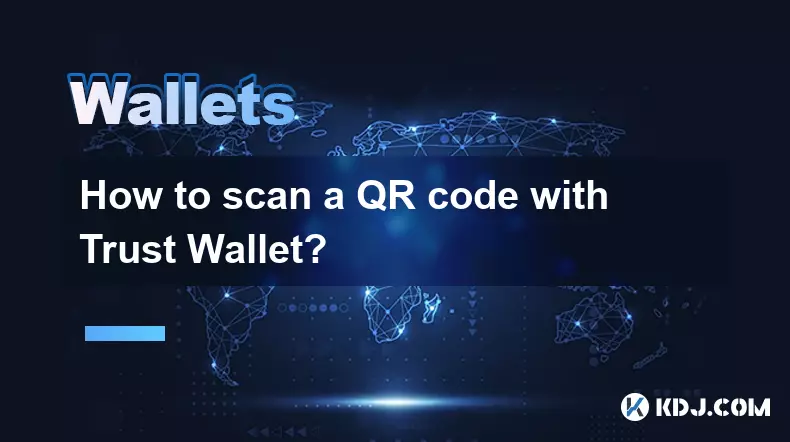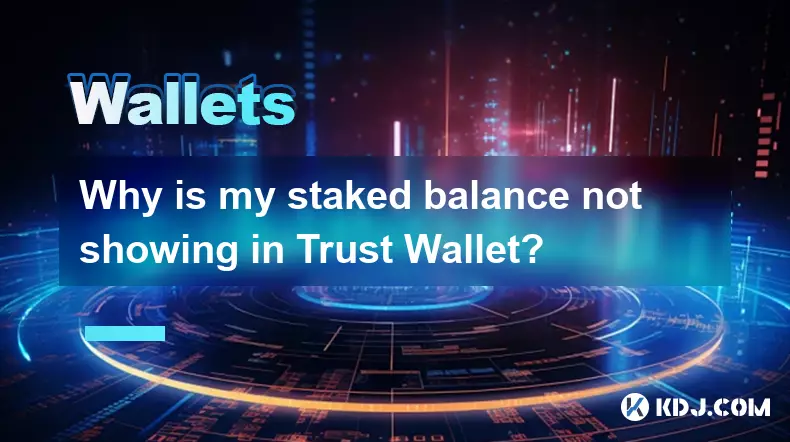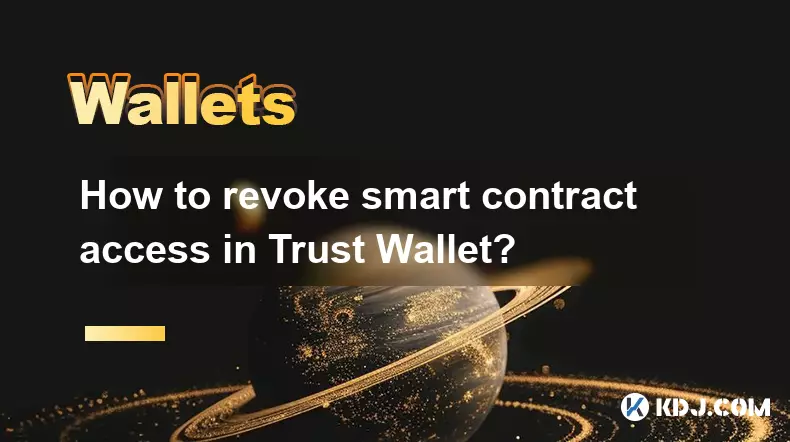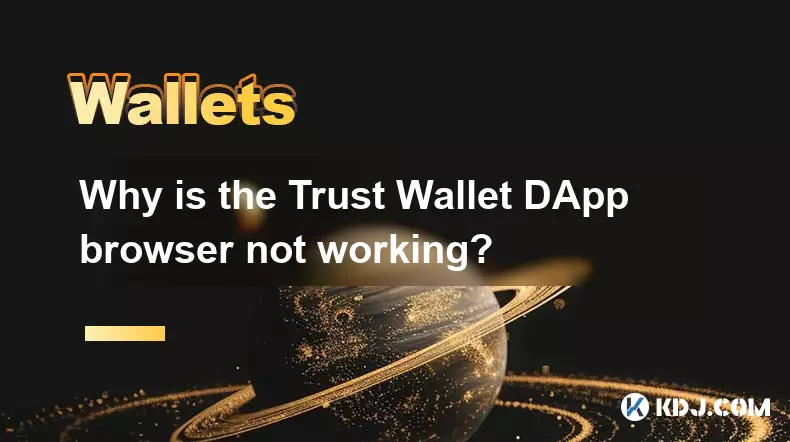-
 bitcoin
bitcoin $118548.520763 USD
3.67% -
 ethereum
ethereum $4352.564943 USD
4.79% -
 xrp
xrp $2.964058 USD
4.22% -
 tether
tether $1.000565 USD
0.05% -
 bnb
bnb $1028.372955 USD
1.46% -
 solana
solana $221.373507 USD
6.00% -
 usd-coin
usd-coin $0.999933 USD
0.02% -
 dogecoin
dogecoin $0.248633 USD
6.85% -
 tron
tron $0.341444 USD
2.38% -
 cardano
cardano $0.852946 USD
5.82% -
 hyperliquid
hyperliquid $47.869306 USD
6.15% -
 chainlink
chainlink $22.561476 USD
6.01% -
 ethena-usde
ethena-usde $1.001258 USD
0.05% -
 avalanche
avalanche $30.660000 USD
2.06% -
 stellar
stellar $0.400917 USD
9.76%
How can I set up a password manager for my Ledger?
Ledger wallets secure crypto with offline private keys, a 24-word recovery phrase, and PIN—never store the phrase digitally or use password managers for it.
Sep 30, 2025 at 01:36 am

Understanding Ledger Devices and Security Principles
1. Ledger hardware wallets are designed to store private keys offline, ensuring protection against online threats. These devices do not support traditional password managers in the way software applications do. Instead, security revolves around the recovery phrase and PIN code. The recovery phrase—typically 12 or 24 words—is generated during initial setup and must be stored securely without digital duplication.
2. Users should never input their recovery phrase into any software, website, or cloud service. Doing so exposes them to phishing attacks and unauthorized access. The recovery phrase is the master key to all assets on the device and must remain offline and physically protected. Any attempt to 'manage' this phrase using a conventional password manager undermines the fundamental security model of the hardware wallet.
3. The PIN code acts as a local lock for the device. It prevents physical access if the wallet is lost or stolen. This PIN is entered directly on the Ledger’s screen during each use. Unlike passwords in typical accounts, it cannot be recovered if forgotten. After multiple incorrect attempts, the device will erase all data as a protective measure.
Secure Practices for Managing Access Credentials
1. While no direct integration with password managers exists for storing recovery phrases, users can adopt disciplined methods for safeguarding credentials related to associated services. For instance, exchange accounts, staking platforms, or blockchain explorers linked to your public addresses may require login details. These can be managed using trusted password managers like Bitwarden, KeePass, or 1Password.
2. When setting up such tools, enable two-factor authentication (2FA) using authenticator apps rather than SMS. This reduces the risk of SIM-swapping attacks that could compromise account recovery processes. Store encrypted backups of the password vault in secure locations, avoiding public cloud storage unless end-to-end encryption is guaranteed.
3. Avoid reusing passwords across different platforms. Unique credentials for each service prevent cascading breaches. Regularly audit saved logins and update compromised or weak passwords immediately. Use the password generator feature within the manager to create strong, randomized strings for each entry.
Integrating Ledger with Third-Party Wallet Interfaces
1. Ledger devices interact with decentralized applications through interfaces like Ledger Live, MetaMask, or Rabby Wallet. These platforms allow users to sign transactions while keeping private keys isolated on the hardware device. During connection, users approve actions directly on the Ledger’s display, ensuring malware cannot alter transaction details.
2. Connection protocols rely on USB or Bluetooth, depending on the model. Always verify that firmware is up to date via Ledger Live before connecting to any application. Outdated firmware may contain vulnerabilities exploitable by malicious actors during interaction with dApps.
3. Before authorizing connections, confirm the legitimacy of the website or software. Phishing sites mimic genuine interfaces to trick users into approving unauthorized transfers. Bookmark official URLs and disable browser extensions that might inject scripts into web pages.
4. Some advanced users employ air-gapped environments when managing high-value holdings. This involves using a dedicated computer disconnected from the internet for verifying transaction data. Transaction requests are transferred via QR codes or USB drives, minimizing exposure to network-based threats.
Frequently Asked Questions
Can I use a password manager to store my Ledger PIN?No. The PIN is meant to be memorized and entered manually on the device. Storing it digitally increases the risk of exposure, especially if the password manager is compromised. If you forget the PIN, the only recovery option is the original recovery phrase, provided you haven’t exceeded the attempt limit.
Is it safe to write down my recovery phrase on paper?Yes, writing the recovery phrase on durable, non-digital media is recommended. Use metal plates or fire-resistant notebooks designed for crypto storage. Keep copies in geographically separate locations to protect against loss due to disasters. Never take photos or save digital files, even if encrypted.
What happens if someone gains access to my recovery phrase?They gain full control over all funds associated with the wallet. No password or PIN can override this. Once a recovery phrase is exposed, transferring assets to a new wallet with a fresh phrase is the only way to regain security.
Can I change my recovery phrase after setup?Not directly. To generate a new recovery phrase, you must reset the device and create a new wallet. All previous keys become inaccessible. Ensure all funds are moved before resetting, as the old phrase will no longer provide access.
Disclaimer:info@kdj.com
The information provided is not trading advice. kdj.com does not assume any responsibility for any investments made based on the information provided in this article. Cryptocurrencies are highly volatile and it is highly recommended that you invest with caution after thorough research!
If you believe that the content used on this website infringes your copyright, please contact us immediately (info@kdj.com) and we will delete it promptly.
- BlockDAG, DOGE, HYPE Sponsorship: Crypto Trends Shaping 2025
- 2025-10-01 00:25:13
- Deutsche Börse and Circle: A StableCoin Adoption Powerhouse in Europe
- 2025-10-01 00:25:13
- BlockDAG's Presale Buzz: Is It the Crypto to Watch in October 2025?
- 2025-10-01 00:30:13
- Bitcoin, Crypto, and IQ: When Genius Meets Digital Gold?
- 2025-10-01 00:30:13
- Stablecoins, American Innovation, and Wallet Tokens: The Next Frontier
- 2025-10-01 00:35:12
- NBU, Coins, and Crypto in Ukraine: A New Yorker's Take
- 2025-10-01 00:45:14
Related knowledge

How to get the Trust Wallet browser extension?
Oct 01,2025 at 12:37am
How to Access the Trust Wallet Browser Extension1. Visit the official Trust Wallet website through a secure internet connection. Navigate to the downl...

How to interact with a DApp using Trust Wallet?
Oct 02,2025 at 10:00pm
Connecting Trust Wallet to a DApp1. Open the Trust Wallet app on your mobile device and ensure your wallet is unlocked with access to your assets. Nav...

How to scan a QR code with Trust Wallet?
Oct 02,2025 at 03:37pm
Understanding QR Codes in Trust Wallet1. QR codes are widely used in cryptocurrency applications to simplify transaction processes. Trust Wallet lever...

Why is my staked balance not showing in Trust Wallet?
Oct 01,2025 at 12:54am
Understanding Decentralized Exchanges in the Crypto Ecosystem1. Decentralized exchanges (DEXs) operate without a central authority, allowing users to ...

How to revoke smart contract access in Trust Wallet?
Oct 01,2025 at 12:54pm
Understanding Smart Contract Access in Trust Wallet1. Smart contracts are self-executing agreements built on blockchain networks, commonly used in dec...

Why is the Trust Wallet DApp browser not working?
Oct 01,2025 at 05:36am
Common Causes of Trust Wallet DApp Browser Issues1. The DApp browser within Trust Wallet may fail to load due to connectivity problems. A weak or unst...

How to get the Trust Wallet browser extension?
Oct 01,2025 at 12:37am
How to Access the Trust Wallet Browser Extension1. Visit the official Trust Wallet website through a secure internet connection. Navigate to the downl...

How to interact with a DApp using Trust Wallet?
Oct 02,2025 at 10:00pm
Connecting Trust Wallet to a DApp1. Open the Trust Wallet app on your mobile device and ensure your wallet is unlocked with access to your assets. Nav...

How to scan a QR code with Trust Wallet?
Oct 02,2025 at 03:37pm
Understanding QR Codes in Trust Wallet1. QR codes are widely used in cryptocurrency applications to simplify transaction processes. Trust Wallet lever...

Why is my staked balance not showing in Trust Wallet?
Oct 01,2025 at 12:54am
Understanding Decentralized Exchanges in the Crypto Ecosystem1. Decentralized exchanges (DEXs) operate without a central authority, allowing users to ...

How to revoke smart contract access in Trust Wallet?
Oct 01,2025 at 12:54pm
Understanding Smart Contract Access in Trust Wallet1. Smart contracts are self-executing agreements built on blockchain networks, commonly used in dec...

Why is the Trust Wallet DApp browser not working?
Oct 01,2025 at 05:36am
Common Causes of Trust Wallet DApp Browser Issues1. The DApp browser within Trust Wallet may fail to load due to connectivity problems. A weak or unst...
See all articles










































































